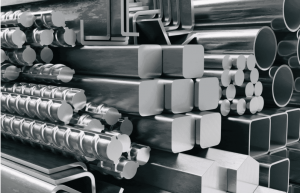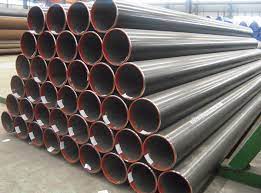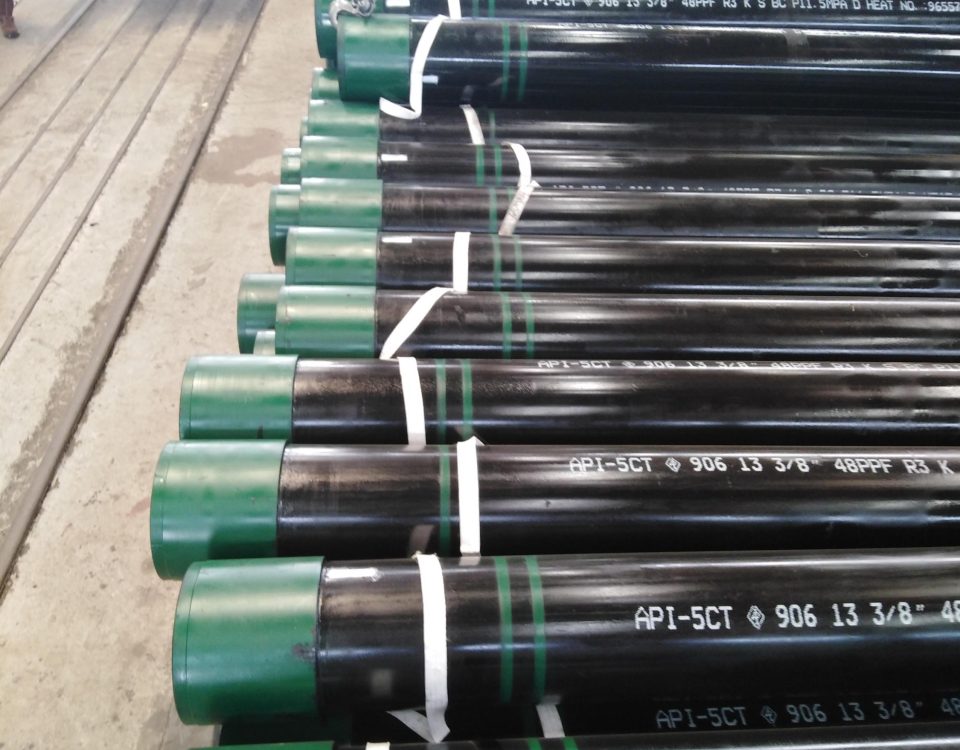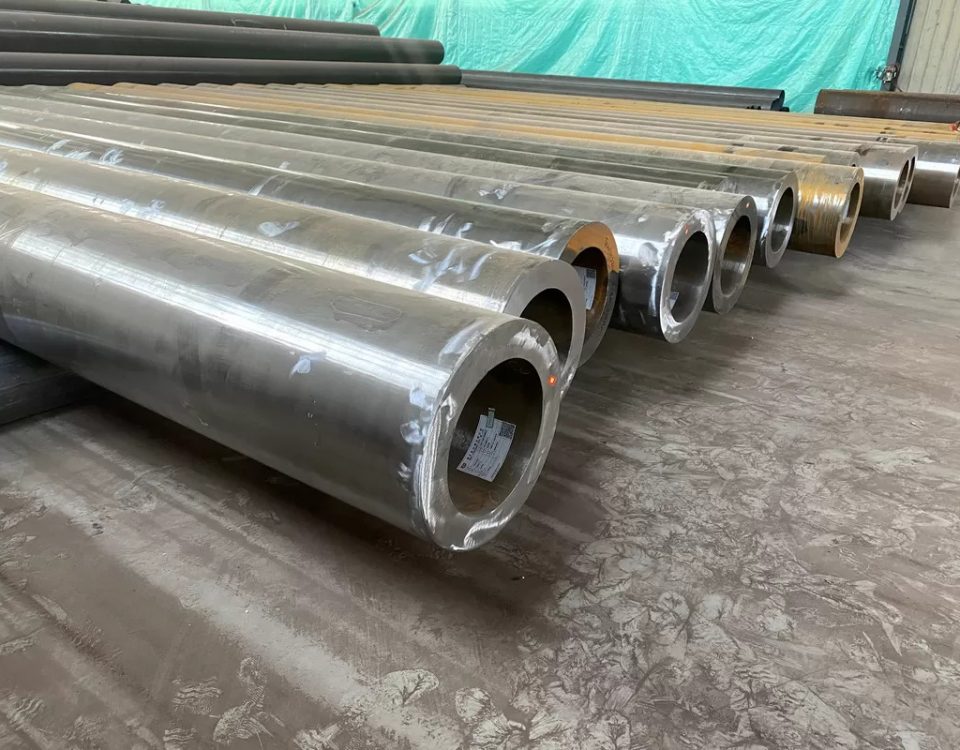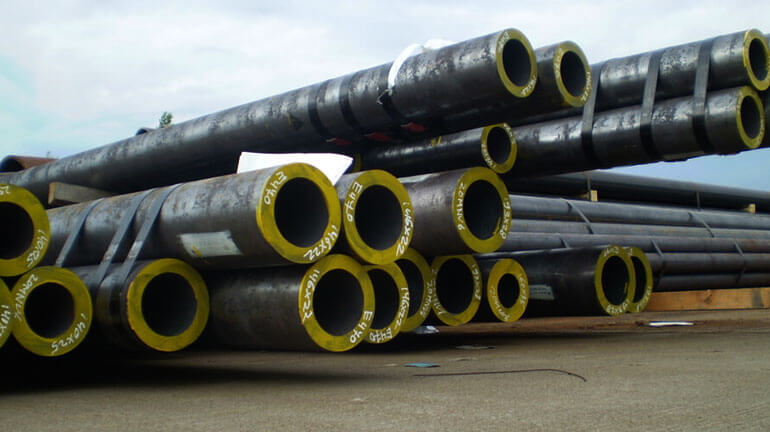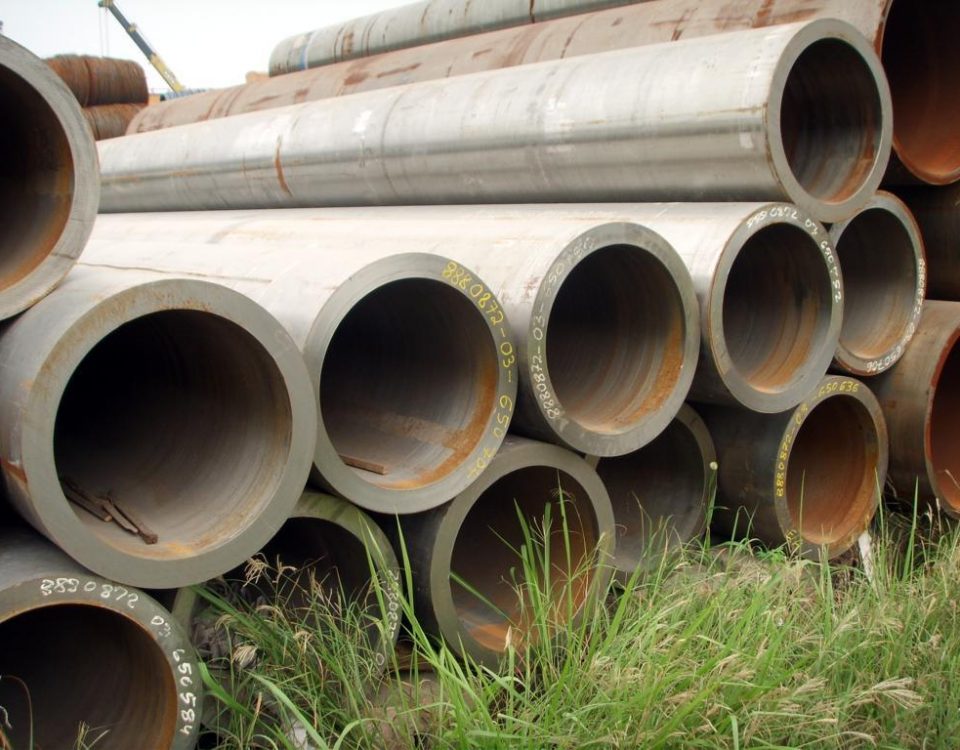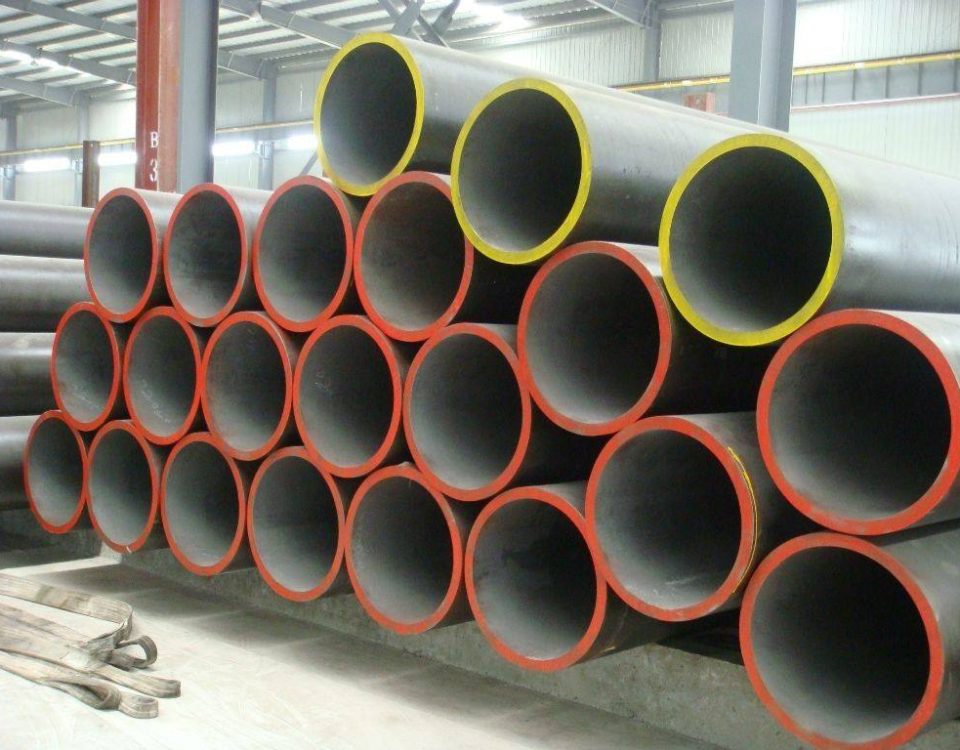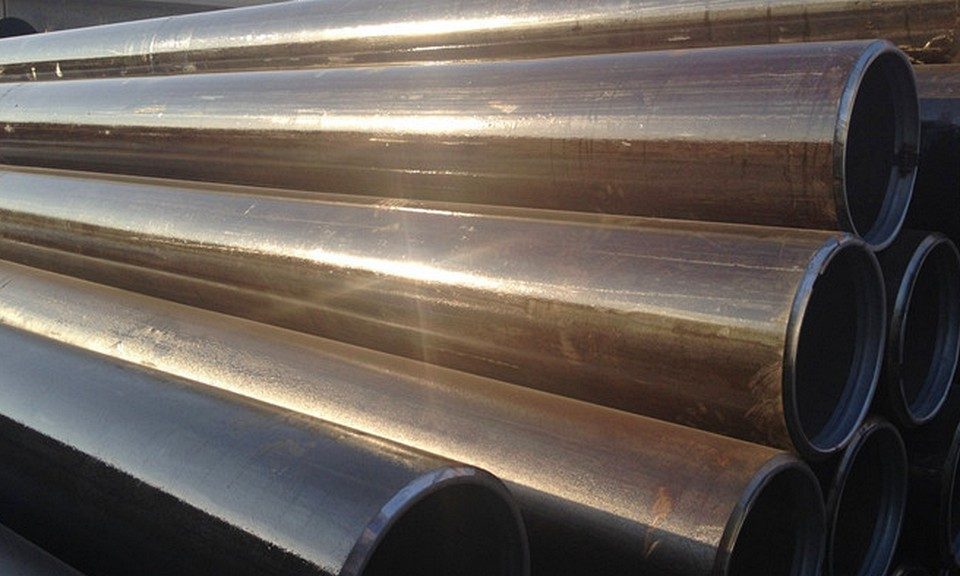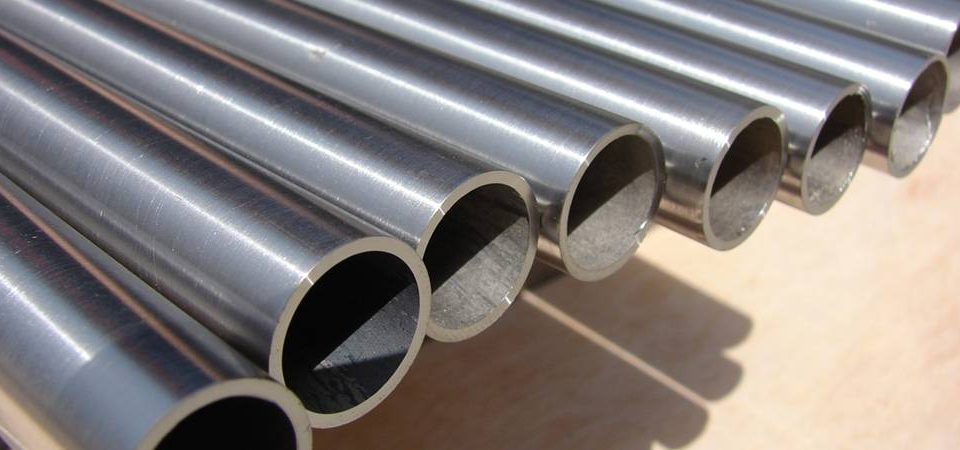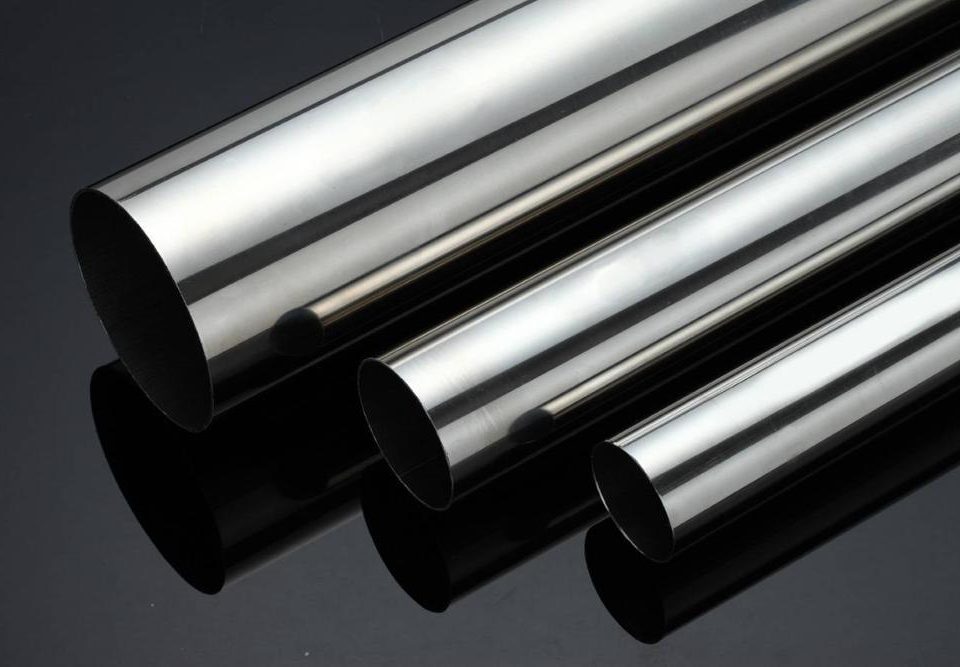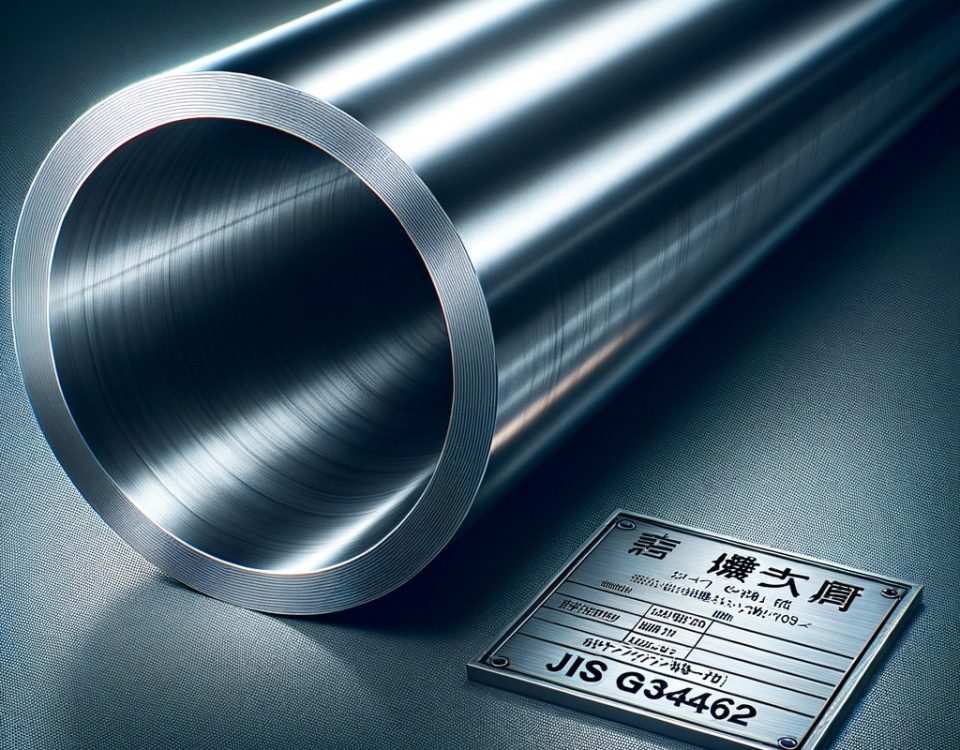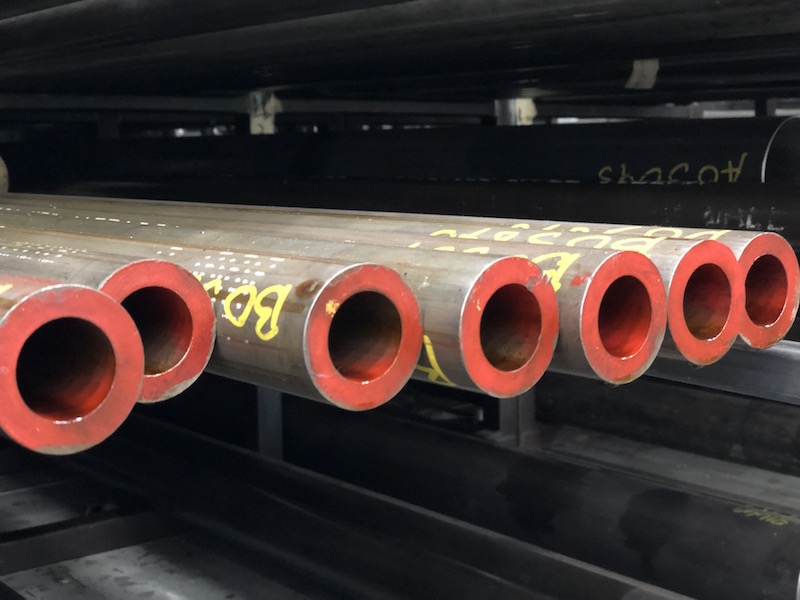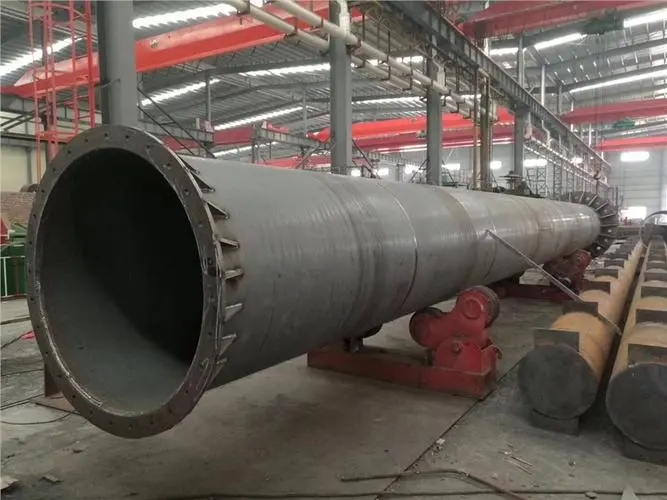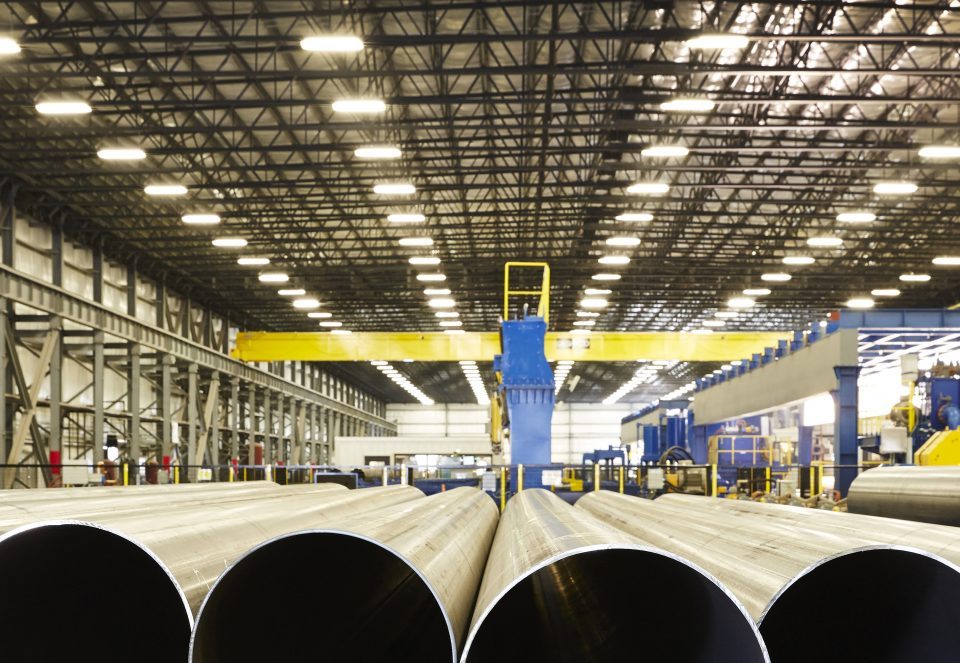Basic knowledge about oil pipeline
November 8, 2021What factors affect the performance of galvanized steel pipe
November 24, 2021In addition to iron and carbon, steel is called alloy steel by adding other alloying elements. An iron-carbon alloy formed by adding an appropriate amount of one or more alloying elements on the basis of ordinary carbon steel. According to the different added elements and adopting appropriate processing technology, special properties such as high strength, high toughness, wear resistance, corrosion resistance, low temperature resistance, high temperature resistance, and non-magnetic properties can be obtained.
The effects of the added elements are as follows:
1. Carbon (C): The carbon content in steel increases, the yield point and tensile strength increase, but the plasticity and impact properties decrease. When the carbon content exceeds 0.23%, the welding performance of the steel deteriorates, so it is used for welding. Low-alloy structural steel generally does not contain more than 0.20% carbon. High carbon content will also reduce the atmospheric corrosion resistance of steel, and high-carbon steel in the open stock yard is easy to rust; in addition, carbon can increase the cold brittleness and aging sensitivity of steel.
2. Silicon (Si): Silicon is added as a reducing agent and deoxidizer during the steelmaking process, so the killed steel contains 0.15-0.30% silicon. If the silicon content in steel exceeds 0.50-0.60%, silicon is regarded as an alloying element. Silicon can significantly improve the elastic limit, yield point and tensile strength of steel, so it is widely used as spring steel. By adding 1.0-1.2% silicon to quenched and tempered structural steel, the strength can be increased by 15-20%. The combination of silicon and molybdenum, tungsten, chromium, etc., has the effect of improving corrosion resistance and oxidation resistance, and can produce heat-resistant steel. Low carbon steel containing 1-4% silicon has extremely high magnetic permeability and is used as silicon steel sheet in the electrical industry. The increase in the amount of silicon will reduce the welding performance of the steel.
3. Manganese (Mn): In the process of steelmaking, manganese is a good deoxidizer and desulfurizer. The general steel contains 0.30-0.50% manganese. When adding more than 0.70% to carbon steel, it is considered “manganese steel”. Compared with ordinary steel, it not only has sufficient toughness, but also has higher strength and hardness, improves the hardenability of steel, and improves the hot workability of steel. For example, the yield point of 16Mn steel is 40% higher than that of A3. Steel containing 11-14% manganese has extremely high wear resistance and is used in excavator buckets, ball mill linings, etc. The increase of manganese content weakens the corrosion resistance of steel and reduces the welding performance.
4. Phosphorus (P): In general, phosphorus is a harmful element in steel, which increases the cold brittleness of steel, deteriorates welding performance, reduces plasticity, and deteriorates cold bending performance. Therefore, the phosphorus content in steel is generally required to be less than 0.045%, and the steel requirement is lower.
5. Sulfur (S): Sulfur is also a harmful element under normal circumstances. It causes the steel to produce hot brittleness, reduces the ductility and toughness of the steel, and causes cracks during forging and rolling. Sulfur is also detrimental to welding performance, reducing corrosion resistance. Therefore, the sulfur content is generally required to be less than 0.055%, and the steel content is required to be less than 0.040%. Adding 0.08-0.20% sulfur to steel can improve machinability and is usually called free-cutting steel.
6. Chromium (Cr): In structural steel and tool steel, chromium can significantly improve strength, hardness and wear resistance, but at the same time reduce plasticity and toughness. Chromium can improve the oxidation resistance and corrosion resistance of steel, so it is an important alloy element of stainless steel and heat-resistant steel.
7. Nickel (Ni): Nickel can increase the strength of steel while maintaining good plasticity and toughness. Nickel has high corrosion resistance to acids and alkalis, and has anti-rust and heat resistance capabilities at high temperatures. However, as nickel is a relatively scarce resource, other alloying elements should be used as much as possible to substitute nickel-chromium steel.
8. Molybdenum (Mo): Molybdenum can refine the grain of steel, improve hardenability and thermal strength, and maintain sufficient strength and creep resistance at high temperatures (long-term stress and deformation at high temperatures, said Creep). The addition of molybdenum to structural steel can improve mechanical properties. It can also suppress the brittleness of alloy steel due to quenching. It can improve redness in tool steel.
9. Titanium (Ti): Titanium is a strong deoxidizer in steel. It can make the internal structure of steel compact, refine grain strength; reduce aging sensitivity and cold brittleness. Improve welding performance. Adding appropriate titanium to the chromium 18 nickel 9 austenitic stainless steel can avoid intergranular corrosion.
10. Vanadium (V): Vanadium is an excellent deoxidizer for steel. Adding 0.5% vanadium to the steel can refine the structure grains and improve the strength and toughness. The carbide formed by vanadium and carbon can improve the resistance to hydrogen corrosion under high temperature and high pressure.
11. Tungsten (W): Tungsten has a high melting point and high specificity, and is an expensive alloying element. Tungsten and carbon form tungsten carbide, which has high hardness and wear resistance. Adding tungsten to tool steel can significantly improve the red hardness and thermal strength, which can be used as cutting tools and forging dies.
12. Niobium (Nb): Niobium can refine the grains and reduce the overheating sensitivity and temper brittleness of steel, and increase the strength, but the plasticity and toughness are reduced. Adding niobium to ordinary low-alloy steel can improve the resistance to atmospheric corrosion and the corrosion resistance of hydrogen, nitrogen and ammonia at high temperatures. Niobium can improve welding performance. Adding niobium to austenitic stainless steel can prevent intergranular corrosion.
13. Cobalt (Co): Cobalt is a rare precious metal and is mostly used in special steels and alloys, such as hot-strength steel and magnetic materials.
14. Copper (Cu): WISCO uses Daye ore to smelt steel, which often contains copper. Copper can improve strength and toughness, especially atmospheric corrosion performance. The disadvantage is that it is easy to produce hot brittleness during hot working, and the plasticity is significantly reduced when the copper content exceeds 0.5%. When the copper content is less than 0.50%, it has no effect on weldability.
15. Aluminum (Al): Aluminum is a commonly used deoxidizer in steel. Adding a small amount of aluminum to the steel can refine the grains and improve the impact toughness, such as 08Al steel for deep drawing sheet. Aluminum also has oxidation resistance and corrosion resistance. The combination of aluminum and chromium and silicon can significantly improve the high-temperature non-skinning performance and high-temperature corrosion resistance of steel. The disadvantage of aluminum is that it affects the hot workability, welding performance and cutting performance of steel.
16. Boron (B): Adding a small amount of boron to steel can improve the compactness and hot rolling performance of steel, and increase its strength.
17. Nitrogen (N): Nitrogen can improve the strength, low temperature toughness and weldability of steel, and increase aging sensitivity.
18. Rare earth (Xt): Rare earth elements refer to 15 lanthanides with atomic numbers 57-71 in the periodic table. These elements are all metals, but their oxides are like “earth”, so they are customarily called rare earths. Adding rare earths to steel can change the composition, shape, distribution and properties of inclusions in steel, thereby improving various properties of steel, such as toughness, weldability, and cold workability. Adding rare earths to ploughshare steel can improve wear resistance.
Alloy structural steel is based on the carbon structure, with one or more elements less than 5% added. The addition of alloying elements to the steel firstly improves the hardenability of the steel, ensuring that the steel has good comprehensive mechanical properties after heat treatment, and has high strength and sufficient toughness.
1. According to the different heat treatment processes, it is roughly divided into:
(1) Quenched and tempered structural steel: Many important parts, such as shafts, connecting rods, important bolts, etc., mostly work under a variety of complex stresses such as large alternating stresses and impact loads, so higher strength is required Comprehensive mechanical properties of toughness and toughness. In order to meet the above requirements, steel parts must undergo quenching and high temperature tempering treatment (ie quenching and tempering treatment), quenching treatment to obtain martensite structure, and then high temperature tempering to obtain sorbite structure. The carbon content of quenched and tempered steel is between 0.3-0.5%. Low carbon content is not easy to harden, and the required strength cannot be obtained after tempering; high carbon content results in low toughness and brittle fracture occurs during use.
(2) Surface hardened steel: The finished parts can be treated with a certain type of hot plate to obtain a hard and wear-resistant surface layer and a flexible and appropriate heart. For example, in order to transmit torque, the gear must have sufficient strength, bear the impact load during the shift process, and require toughness. During the meshing process, the gear bears strong wear and has abrasion resistance. Therefore, the gear should have overall strength High and “hard and tough” performance.
2. According to the heat treatment process, there are mainly:
(1) Carburizing and quenching of used low-carbon steel: The carbon content is generally between 0.10-0.25% to ensure good toughness in the core of the part. Addition of <2% chromium, <4.5% nickel, 2% manganese, and 0.001-0.004% boron to the cemented steel used for carburizing can improve the hardenability of the steel and improve the structure and performance of the core of the part. The strength and plasticity of the carburized layer; sometimes a small amount of titanium, vanadium and other elements are added to refine the grains and prevent the effect of overheating during carburizing.
(2) Nitriding treatment: steel containing aluminum in composite steel, such as 38CrMoAL, belongs to nitriding steel. Aluminum can be combined with nitriding to form aluminum nitride, which increases surface hardness and wear resistance.
(3) High-frequency induction heating of carbon steel is used for surface quenching: alloy structural steel is divided into high-quality steel and high-quality steel (with “A” after the steel number) according to the quality of metallurgy; the purpose is divided into pressure processing (hot pressure processing or cold pressure) Processing) and cutting processing steel; according to the supply status is divided into non-heat treatment, normalizing, annealing or high temperature tempering.
